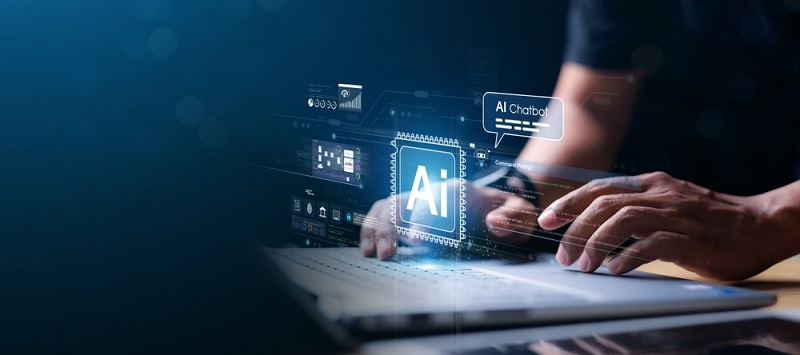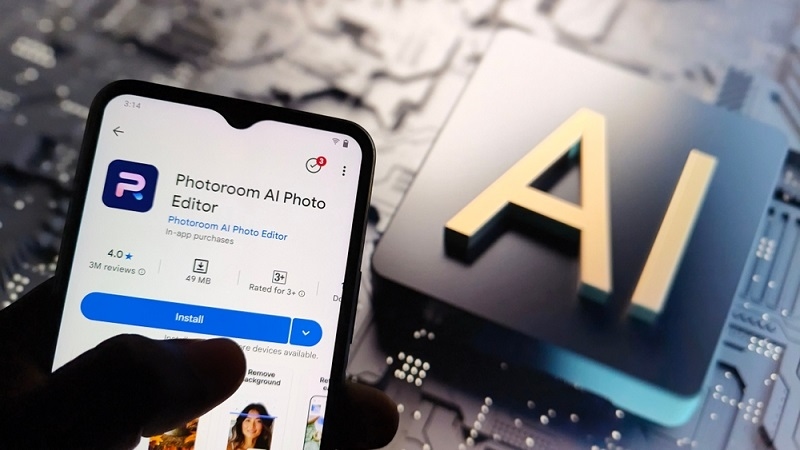How Does Multimodal AI Work in 2025 & What are its Benefits?

Multimodal AI can read and learn to understand like humans. These AI models can take data in different forms, such as text, sound, images, or even gestures, and combine them to generate your desired machine. It is almost like giving technology a few senses to work with instead of one.
In this blog, you will learn everything about how Multimodal AI works in 2025.
Understanding Multimodal AI Models
Before diving deep, think of multimodal AI models as systems that don't focus on just one skill. Instead, they handle many at once. A model might read an article, look at a picture, and listen to a voice - all in one go. And the magic lies in how it connects those things.
Let's take an easy example. You show them a photo of a child holding a balloon and say, "Describe this." The AI looks at the image, reads your text, and forms an answer that matches both. It doesn't just guess. It matches meaning with visuals.
A few years ago, AI models could only do one thing at a time. One could analyze pictures, another could write, and another could process sound. But none could do everything together. Multimodal AI changes that. It learns to combine different types of data - so it becomes more like a human brain.
Common Multimodal AI Examples

Multimodal AI is already around us. You might not notice it, but you're probably using it every day. Let's look at a few simple examples.
1. Image and Text Together
When you upload a picture and an app describes what's in it - like "a cat sitting on a sofa" - that's multimodal AI. It's using both text and image data to understand what you've shown it. It's not guessing blindly; it's connecting what it sees with what it knows.
2. Voice and Video Understanding
Video platforms can automatically detect what is happening in a video or create subtitles. It has the ability to listen to your sound and analyze the visuals to understand the context. This is the way multimodal AI works in these platforms.
3. Healthcare Use
In hospitals, these models help doctors read scans, compare medical notes, and find patterns faster. They take in visuals like X-rays and written reports together. It's like having a digital assistant that never gets tired of analyzing.
4. Education Tools
Many learning platforms now use multimodal AI to watch how students write, listen to how they speak, and then adjust lessons accordingly. It's more personal because it "sees" and "hears" just like a human teacher.
5. Accessibility Support
Multimodal AI tools are massively helpful for people with disabilities because they help them to read signs, describe their surroundings, or convert voice into text. This helps people to experience their lives better.
All these multimodal AI examples show one thing - when you mix different forms of data, AI starts to understand the bigger picture truly.
3 Core Ways How Multimodal AI Works
The three main ways that make the multimodal AI work in 2025 are listed below:
1. Data Fusion
The system can collect data from multiple sources, like pictures, words, and sounds. It can then even combine all of them together to understand your requirements clearly. If you show it an image of a dog and say, "Find the dog," it merges what it sees with what it reads.
2. Representation Learning
It starts finding patterns. It learns that the word "dog," the image of a dog, and the sound of barking all mean the same thing. Over time, it builds a shared understanding between all these forms of data.
3. Decision Making
It combines all the data to craft a response that makes sense. This could be describing an image, translating speech, or generating a response. The results feel like humans because they provide proper reasoning behind them.
This is how multimodal AI works - by connecting information like our brain connects our senses.
Difference Between Multimodal AI vs Generative AI
This is where many people get confused because multimodal AI and generative AI are terms that sound similar but are not.
Generative AI focuses on creating new things - text, images, music, you name it. It takes what it has learned and produces something new from it. Multimodal AI, on the other hand, focuses on understanding things across different types of data.
Let's say you ask a generative AI to write a story - it just writes. But if you ask a multimodal AI to write a story based on a photo, it first understands the photo and then writes something that fits. One is creating, the other is connecting.
This is the difference. Generative AI is like a painter creating art. Multimodal AI is like a person describing and understanding what's in front of them.
Of course, they can also work together. When they do, the results get more impressive - imagine a system that sees a picture, understands what's going on, and then writes a creative caption or response. That's when you realize how these technologies complement each other.
So, in short, generative AI creates. Multimodal AI understands. And when they combine, it feels closer to human intelligence.
What are the Benefits of Multimodal AI?
There are many benefits to multimodal AI, but three stand out the most.
Deeper Understanding
Since it processes more than one form of data, the AI gets a fuller picture. It doesn't miss small clues or depend on one source. It can look, listen, and read together - giving more accurate results.
More Human-Like Interaction
These AI platforms are able to understand the visuals, audio, and text cues because it responds more naturally. It can pick up on tone, notice expressions, or understand gestures - making interaction smoother and less mechanical.
Wide Range of Use Cases
You will find it in healthcare, education, entertainment, and safety systems. Anywhere data comes in multiple forms, multimodal AI can help. Its flexibility makes it one of the most promising forms of AI for the future.
These benefits make it clear why the world is paying attention to a tech that is not just smarter, but can read and learn like humans.
Conclusion
Multimodal AI is quietly changing how machines understand the world. It does not just read or learn, instead, it connects everything. This is something that can be extremely powerful for personals and businessmen.
In short, it can read and learn like us to give answers that resonate with human intelligence.






